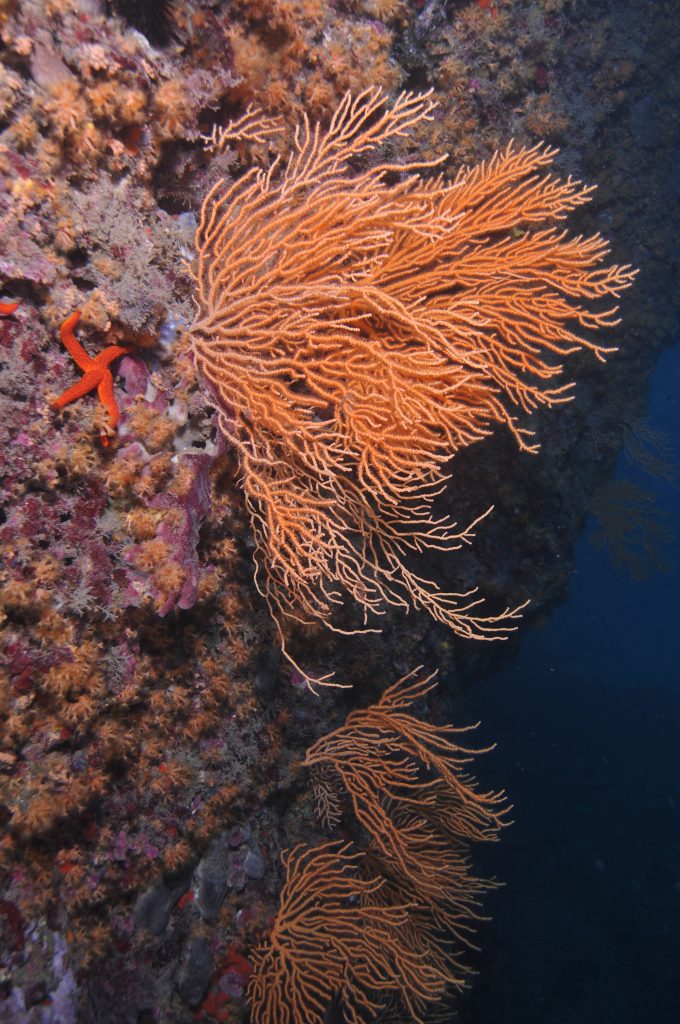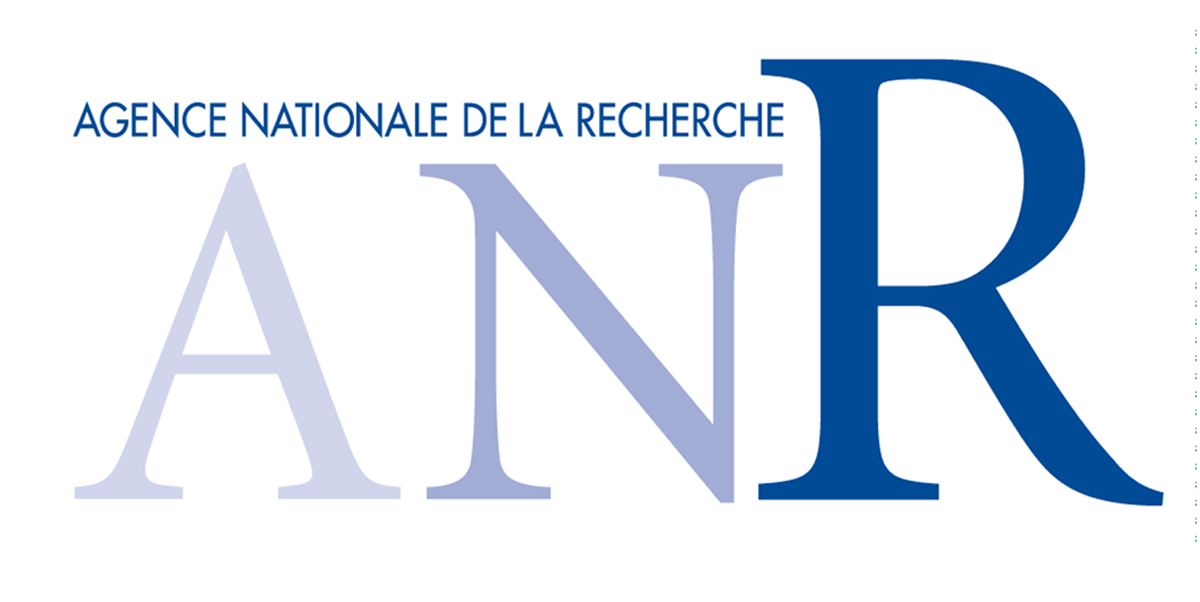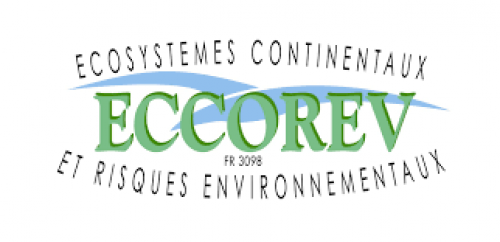Research projects
(non exhaustive list)
Evolution and adaptation along depth gradients in the Mediterranean
The depth gradients along Mediterranean coasts offer
interesting models to study evolution and adaptation along
environmental gradients in marine environment. Along a few tens of
meters, one can observe important differences in mean and variance of
temperature, especially in Summer. Marine heat waves led to mortality
events in populations of various sessile marine species, with a
differential impact according to depth. I currently use genetic and
genomic tools (SNPs derived from transcriptome and RAD-sequencing) to
study the potential adaptation of species to local thermal conditions
along depth gradients. I also use genomic data to better understand the
connectivity among populations from different depths. My main model
species are octocorals: Corallium rubrum, Paramuricea clavata, Eunicella cavolini.
A few references (complete list here)
Pratlong
M, Haguenauer A, Brener K, Mitta G, Toulza E, Garrabou J, Bensoussan
N, Pontarotti P*, Aurelle D* (2018). Separate
the wheat from the chaff: genomic analysis of local adaptation in the
red coral Corallium rubrum (2018), bioRxiv, 306456, ver. 3
peer-reviewed and recommended by Peer Community in Evolutionary
Biology.
Pivotto
ID., Nerini D., Masmoudi M., Kara H., Chaoui L., Aurelle
D. (2015)
Highly
contrasted responses of Mediterranean octocorals to climate change
along a depth gradient. Royal Society Open Science, 2.
http://rsos.royalsocietypublishing.org/content/2/5/140493
Pratlong
M., Haguenauer A., Chabrol O., Klopp C., Pontarotti P., Aurelle
D. (2015)
The
red coral (Corallium rubrum) transcriptome: a new resource for
population genetics and local adaptation studies. Molecular Ecology
Resources. 15(5), 1205-1215. doi: 10.1111/1755-0998.12383
Ledoux
J.-B., Aurelle
D.,
Bensoussan N., Marschal C., Féral J. P., Garrabou, J.
(2014).
Potential for adaptive evolution at species range margins:
contrasting interactions between red coral populations and their
environment in a changing ocean. Ecology and Evolution. doi:
10.1002/ece3.1324
http://onlinelibrary.wiley.com/doi/10.1002/ece3.1324/abstract
Phylogeny and speciation in cnidarians
Cnidarian provide very
interesting models to study the evolution of life cycles, life history
traits, diversification and speciation. Because of important phenotypic
plasticity, cryptic lineages and of a slow rate of evolution of
mitochondrial DNA in some cnidarian lineages, species limits and
species diversity also need to be revised with genomic approaches. I
study the evolution of anthozoans (hexacorals such as hard corals, and
octocorals such as gorgonians) at different phylogenetic scales: from
inferences on phylogenetic relationships among main anthozoan lineages,
to speciation and hybridization.
A few references (complete list here)
Aurelle
D.,
Pante E., Ledoux J.-B., Sartoretto S. (2019) Advances
on the phylogenetic placement of the enigmatic octocoral
Dendrobrachia
Brook 1889.
Zootaxa. 4674 (1),
Aurelle
D.,
Pivotto I.D., Malfant M., Topçu N.E., Masmoudi M.B., Chaoui L., Kara
M.H., Coelho M., Castilho R., Haguenauer A. (2017) Fuzzy
species limits in Mediterranean gorgonians (Cnidaria, Octocorallia) :
inferences on speciation processes. Zoologica Scripta, 46(6),
767-778.117-126.
Pratlong
M., Haguenauer A., Chenesseau S., Brener K., Mitta G., Toulza
E., Aurelle
D.*,
Pontarotti P.* (2017) Evidences
for a genetic sex-determination in Cnidaria, the Mediterranean red
coral (Corallium rubrum). Royal Society Open Science, 4 (3), 160880 .
http://rsos.royalsocietypublishing.org/content/4/3/160880
Pratlong
M., Rancurel C., Pontarotti P., Aurelle
D. (2017).
Monophyly
of Anthozoa (Cnidaria): why do nuclear and mitochondrial phylogenies
disagree?. Zoologica Scripta, 46(3), 363-371
van
Ofwegen LP, Aurelle
D.,
Sartoretto S (2014)
A
new genus of soft coral (Cnidaria, Octocorallia) from the Republic of
Congo (Pointe-Noire Region). ZooKeys, 462,
1-10. doi: 10.3897/zookeys.462.8533
Population genetics of "outlier" marine metazoans
In the open marine environment, metazoans with a
long enough larval stage and high population sizes show low genetic
structure. Mediterranean octocorals are "outlier" species in this
context: despite a free larval stage, they show an important genetic
structure at short distances. This pattern has important consequences
for conservation and to better understand their evolution along
environmental gradients (see above). I use genetic tools to study the
connectivity among populations, the structure inside populations
(departures from panmixia, relatedness), and the reproductive mode of
these species. Started with microsatellites markers, these studies are
now ongoing with high-throughput approaches such as RAD-sequencing.
A few references (complete list here)
Aurelle,
D.,
Tariel, J., Zuberer, F. Haguenauer
A.,
Ribout C.,
Masmoudi M., Kara
H.,
Chaoui L.,
Garrabou J.,
Ledoux J.-B.,
Gambi M. C. (2020)
Genetic insights into recolonization processes of
Mediterranean
octocorals. Marine
Biology.
167, 73. https://doi.org/10.1007/s00227-020-03684-z
Cánovas-Molina,
A., Montefalcone, M., Bavestrello, G., Masmoudi, M. B., Haguenauer,
A., Hammami, P., Chaoui, L., Kara; M.H., Aurelle,
D. (2018).
From
depth to regional spatial genetic differentiation of Eunicella
cavolini in the NW Mediterranean. Comptes
Rendus Biologie, 341(9-10), 421-432.
Masmoudi
M.B., Chaoui L., Topçu N.E., Hammami P., Kara M.H., Aurelle
D. (2016)
Contrasted
levels of genetic diversity in a benthic Mediterranean octocoral:
Consequences of different demographic histories? Ecology and
Evolution, 6(24), 8665-8678.
Ledoux
J.-B., Garrabou J., Bianchimani O., Drap P., Féral J.-P.,
Aurelle
D. (2010)
Fine-scale
genetic structure and inferences on population biology in the
threatened Mediterranean red coral, Corallium
rubrum..
Molecular
Ecology, 19,
4204-4216.
Ledoux
J.-B., Mokhtar-Jamaï K., Roby C., Féral J.-P., Garrabou J., Aurelle
D. (2010)
Genetic
survey of shallow populations of the Mediterranean red coral
(Corallium
rubrum (Linnaeus,
1758)): new insights into evolutionary processes shaping current
nuclear diversity and implications for conservation. Molecular
Ecology,
19,
675–690.
 The yellow gorgonian Eunicella cavolini; Photo: D. Guillemain
The yellow gorgonian Eunicella cavolini; Photo: D. Guillemain








